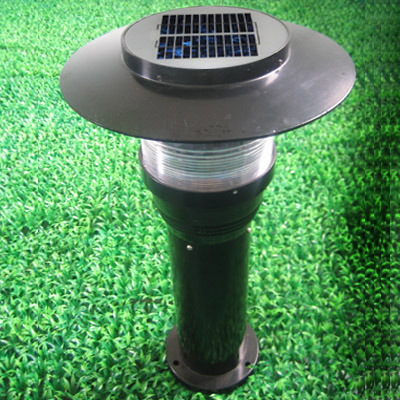Solar Garden Lights
Solar garden lights have been on the market for almost two decades. Although they are still more expensive than wired garden lights, the price has significantly reduced, making solar garden lights an option that many homeowners now consider for adding light to their yards or decks. This is possible as long as the location gets enough sunlight during the day to charge the lights. These lights not only save money on the electric bill, but they generate and store their own power when not in use.
What Components Are in Solar Garden Lights?
There are a number of solar garden light brands on the market and all models have similar components. These include: the light casing, a solar cell, an LED light source, an AA or AAA Nicad battery, and a photo resistor to detect when it is dark outside. Most of these lights’ components are on a common controller board and users only need to take the lid off the light to view them. Solar array sizes vary, with the most common being a two inch by two inch array.
How Do Solar Garden Lights Produce Light?
Solar garden lights use solar cells to produce the electricity used to power the LED light. Garden light cells typically produce no more than .45 volts of electricity. The amount used is based on the cell’s size and amount of light that strikes its surface. The cells are installed in series in order to produce at least 1.8 volts and currents ranging upwards of 100 milliamps. The cells are connected to the light’s battery via a diode to prevent the back flow of current. The standard solar garden light battery is typically rated at 700 milliamp hours. The solar cells in the light stop making power at night and the photo resistor light element turns on the individual light’s LED by telling the light controller board to accept power from the cell and battery to activate the LED. When the battery is fully charged, it is capable of producing light for approximately 15 hours.
What Are the Solar Garden Lights’ Uses?
Solar garden lights produce approximately a half candle of light. This is not strong enough for users to barbecue or read at night. As a result, solar garden lights are typically used to light-up a pathway, decking, or outline of shrubbery in a yard. They help homeowners and friends find their way in the dark as well as provide added security against intruders.


Comments - No Responses to “Solar Garden Lights”
Sorry but comments are closed at this time.